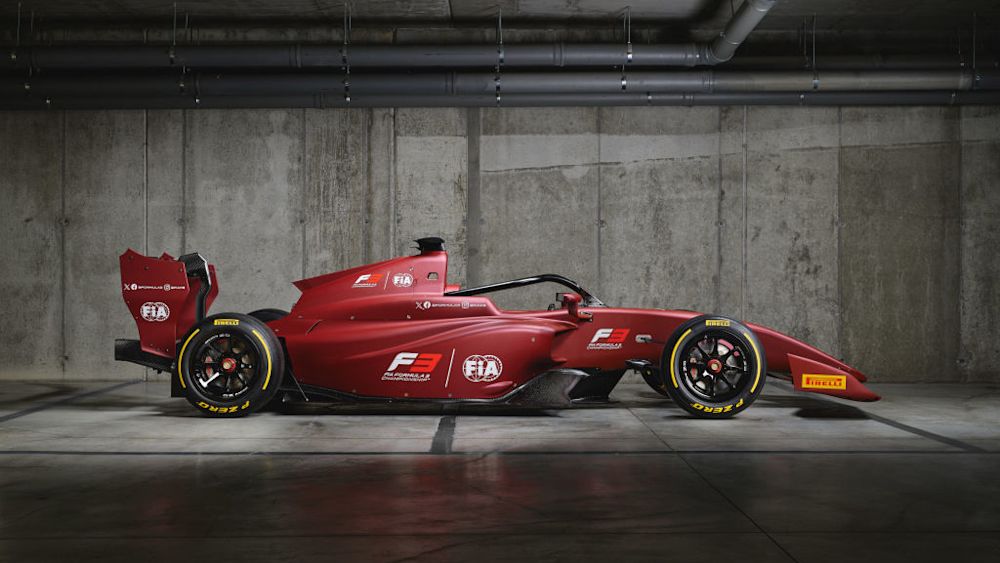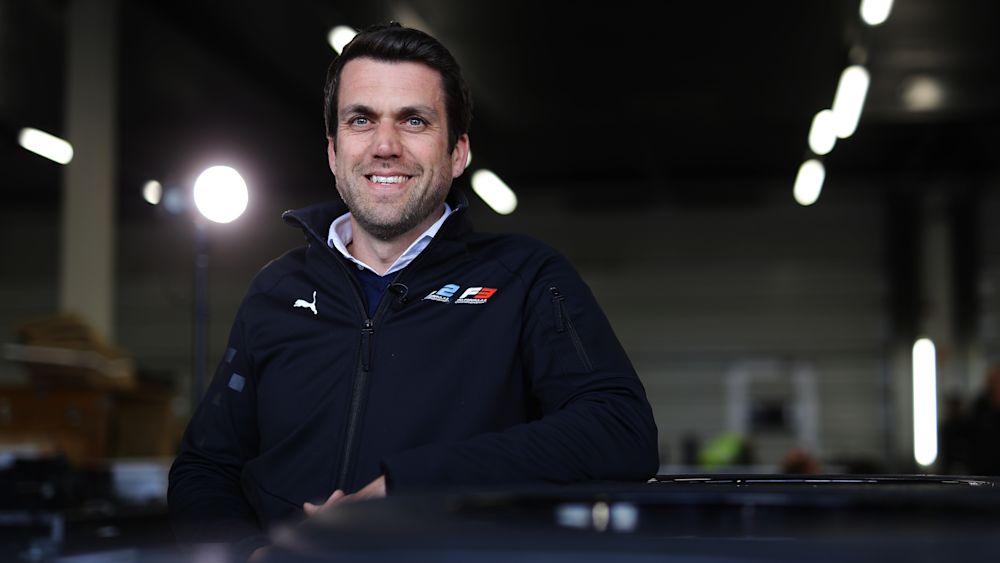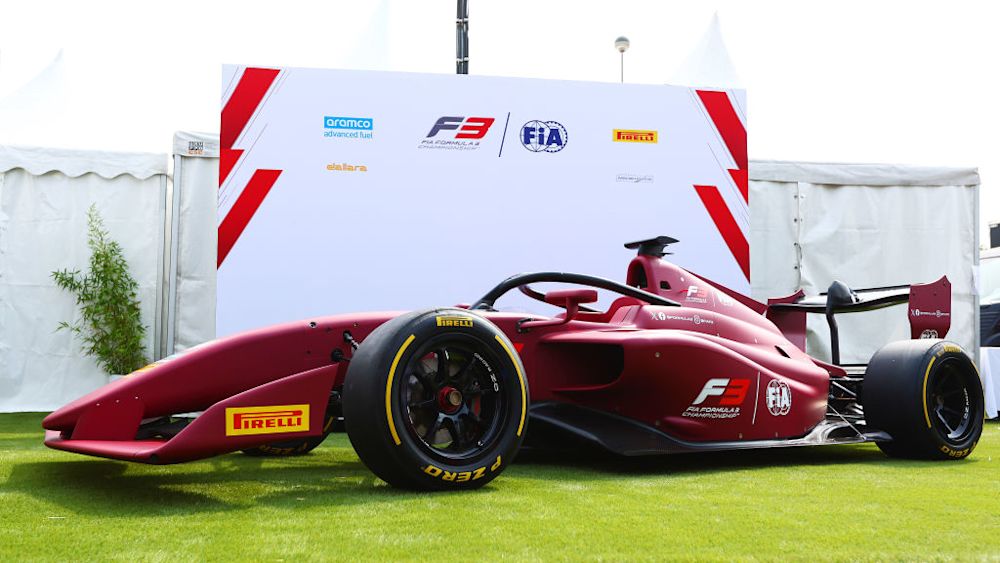Feature
F3 Explained: The cutting-edge technology powering the all-new 2025 car

It’s all change in 2025 for FIA Formula 3, with the introduction of a new car for the upcoming campaign that features plenty of differences from its predecessor.
A revamped aerodynamic appearance, bigger tyres and changes underneath the bodywork all come together to create a striking and exciting car.
In the first of this multi-part series, we dive into the upgrades made to the fuel and engine used in the brand-new FIA Formula 3 car as the Championship, along with partners Aramco and Mecachrome, continue to push the boundaries in pursuit of sustainability, whilst keeping the same level of performance.
F2 and F3 Technical Director Pierre-Alain Michot explains what has been done to the package for 2025 and the work that went into the new car behind the scenes.
“This year’s engine is an upgrade from 2024,” Michot says. “We’ve made some modifications to the electronics side to accommodate the Aramco Advanced fuel meeting the FIA 100% sustainable fuel standard.
“That was the main target, to accommodate the new fuel with the engine. So, there were a lot of tests done by Mecachrome to make sure that we could have the same range of performance and reliability as the previous car.”
But what exactly has changed? For starters, in 2023 and 2024, Formula 3 ran using 55% bio-sourced sustainable fuel. This year however, that sustainable element has been pushed all the way to 100%, with the second-generation bio components, while still outputting the required power.

That was achieved by a concurrent development programme based on the numbers and data gathered at the track from the 2025 car, along with extensive work in the laboratory to find the ideal fuel specification that will be used this season.
“In 2023 and 2024, we were using 55% sustainable fuel and in 2025, we move to 100% advanced sustainable fuel. It’s bio-sourced fuel, the specification of which we chose together in line with our performance expectations,” Michot continued.
“We tested a variety of specifications in the lab with Aramco, tested and validated on the Mecachrome dyno. We did endurance running, accumulating a lot of mileage and that was continuous throughout the development cycle.
“We were running tests in parallel with the car on track, making improvements to the engine mapping, and implementing changes during the test days. We finalised our specification in early July 2024.”
READ MORE: FIA Formula 3 next generation car unveiled in Monza
‘Mapping’ is the retooling of the engine control unit (ECU) - essentially its brain - in a way that teaches the engine how to deliver power in the best way possible, using the new fuel to its strengths for maximum performance across a full range of demands.
Whether that’s idling in the garage to warm up the car, blasting down the straights or in the corners, the engine needs to be able to handle every kind of situations expected across a race weekend.
The creation of the engine mapping is crucial to the new generation of fuel for the 2025 engine, as the work done in the lab must be pinpoint to maximise efficiency of the advanced sustainable fuel and keep the engine in optimal shape across its lifespan.

“As soon as you put a new fuel in the car, you need to do new engine mapping, which means that we haven’t started from scratch, but we have to make sure that whatever we’re doing, the car is operating as expected with the fuel across the car’s full range of performance and behaviour.
“It needs to work from idle to the rev limiter to make sure that the engine is working properly. If there’s any part that doesn’t work, it can damage the engine. You have to take a lot of parameters into account and are considered when doing a new mapping.
“So, we’ve done a lot of dyno testing to take it all onto consideration and to make sure the new generation fuel is working as efficiently as possible with the engine.”
That has been accomplished without any deficit to the old generation of car. The new fuel and revamped engine will ensure that engine performance does not take a hit.
“Engine performance will be the same as per previous seasons. That was one of the main targets working on the dyno. It was really to make sure that whatever the power output we got out of the engine, it was at minimum the same as before.
“This is where Mecachrome play their role, because Aramco is providing a great product, but Mecachrome have to do their part and make sure that it works with the engine we use.”
It should all combine with the other elements on the new car to create a truly exciting season of racing from start to finish.